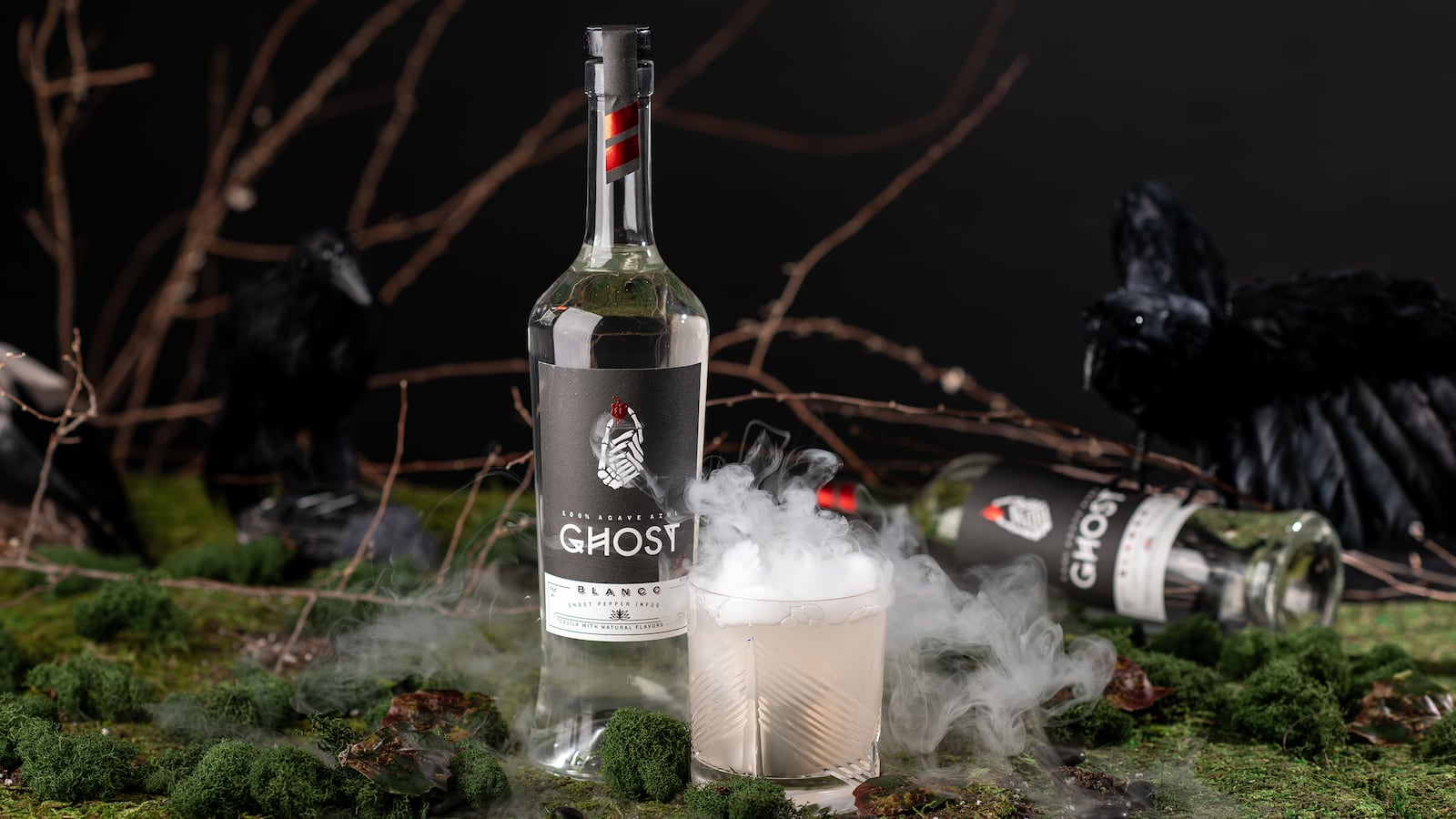Some hot peppers have deceptively genteel names, like the Scotch bonnet, while others are more explicit about their fiery nature, like the Carolina Reaper.
In the early 1990s, hot sauce production/chili pepper enthusiasm spiked, and suddenly a subculture of specialty shops and newsletters blossomed. Heat fanatics were soon bragging about their collections and even regular supermarkets began stocking an impressive assortment of these new products. Some of these concoctions were delicious, adding depth and excitement to even a plate of scrambled eggs, while others were designed just for maximum payload. Hotter became better, the chili pepper arms race had officially begun.
Anyone who has splashed Endorphin Rush across their breakfast and spent the next 20 minutes gasping for air and hiccupping (ahem, that’d be me) knows that this supposed pleasurable act is not always exactly pleasurable. But the heat seekers, undeterred, extracted oils and hybridized peppers, searching for a weaponized pinnacle that had nothing to do with culinary satisfaction, and everything to do with making that one person at the party cry.
Around 2001, out of all the peppers that have been cultivated to melt your face, the ghost pepper managed to emerge from the pack. It comes from northern India and was the first pepper that had more than a million Scoville heat units. That’s no small achievement. The Scoville heat unit is a measurement of chili pungency. To arrive at the measurement, an extract is tasted in increasing dilution until the pepper can no longer be detected by the majority of the judges. The score is derived from the amount of dilution.
Even if it didn’t pack explosive fire power, the ghost pepper name has a mystique and an air of mystery. It also is perfect for marketing and, of course, Halloween promotions. Dunkin’ Donuts for instance just rolled out a special ghost pepper donut for the holiday. To see if it was a trick or treat, I recently picked up a few. The pepper’s heat remains well in the background, but draws a nice curtain on the sweetness of the red glaze.
They’re pretty good—my family liked them the most out of the assortment that we bought—but they aren’t especially fiery (or spooky for that matter). I gather that eating the new ghost pepper Halloween Roulette Pizza—in which one slice on an otherwise normal pie from Domino’s—will not be so gentle of an experience.

A tequila that picks up on this trend could easily have been just another joke, just another product whose value hinged upon scorching palettes and bar dares. But Ghost Tequila, I’m happy to report, is not at all that. Ghost Tequila is actually good.
Interestingly, a high level of heat has distinct advantages when putting together a chili-infused liquor. Chris Moran, who worked in Boston as a bartender before founding Ghost Tequila, experimented with a range of peppers and ultimately selected the ghost pepper.
“The reason I like the ghost pepper,” he told me, “it’s so frickin’ hot, you can use it either for a very short period of time or use a very small amount and get that sensation without changing the flavor.”
Anyone who has infused tequila with strawberries and jalapeños can tell you that you get vegetal flavors. Sometimes they’re good, but sometimes you end up with a grassy flavor reminiscent of old mint stems. Fortunately, there’s none of that in Ghost.
For one thing, Moran was protective of the underlying agave flavor of tequila. He’s proud of it, and he’s proud that they got 100-percent agave on the brand’s label. The tequila itself has a thick, rounded mouthfeel that helps balance the spice and lends a little agave forward sweetness.
To get there, he worked to produce an extract of ghost pepper. I can’t imagine what it would be like to experiment with that—and indeed Moran told me that in developmental stages he basically pepper sprayed his apartment by accident. The heat of the pepper is in its oils. “We took a lot of that oil and replaced it with alcohol,” Moran says, “so you do get that pop of heat, and that sensation, but it doesn’t stick.”
This, perhaps, is one of the most interesting aspects of drinking Ghost. It’s hot enough that you expect it to build, like a plate of Szechuan food, to a sweaty crescendo. It doesn’t. It’s a clean and balanced heat that slips away on the finish.
Ghost is an obvious choice for spicy Margaritas but Moran suggested I try it in an Old-Fashioned with chocolate bitters, Angostura Bitters and a little agave nectar. It’s a wonderful drink.
You’ll want some now because the bony skeleton hand on the Ghost label will look great on your spooky Halloween bar, but, trust me, you’ll keep drinking it well after Jack-o’-Lantern season is over.


